Bield Chapel & Grassington Henge
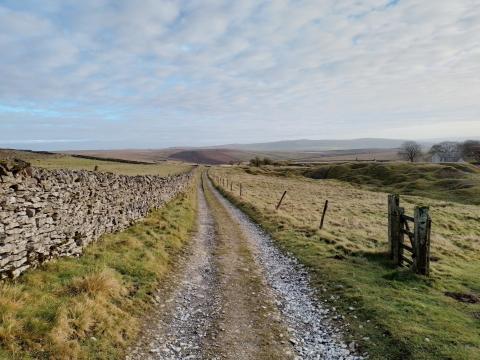
I led a Bible Study in Threshfield on Tuesday, and had a planning meeting at Hetton Chapel that same evening, so I remained in Wharfdale between and went walking. I had caught the bus from Barnoldswick, arriving in there a little after dawn, and calling in at friends' for tea at dusk. It was one of those rather pleasant December days: cold, but not bitter; wet underfoot, but not raining. In the later afternoon, the sun even made a rare appearance (bottom picture), and the season's vitamin D production likely quadrupled. The Yorkshire Dales are stunning even in the worst of weathers, but that day, I was particularly struck by the wonders of creation. Yet this was no idle gallivanting, for I had a few ports of call to tick off. I was walking in this area a couple of years back, looking at evidence of former civilisations which called this dale their home, and their ancient field systems I espied from the hillside (below). Yet it was a couple of religious sites which I was primarily seeking.
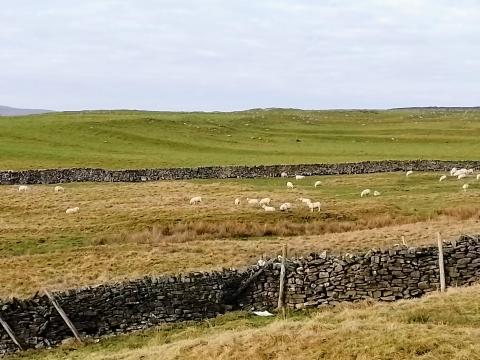
The Ordnance Survey highlights the presence of a henge in the fields a few miles above the village, not far off Moor Lane. Although we think of the south’s more dramatic examples when we hear that word, it is still effectively just a raised circle of earth surrounded by a ditch, and which is too obviously large to be a mere chambered cairn. This would be a fine place for religious devotion, overlooking the dramatic hills and mountains, and even my beloved Pendle was visible in the west. What or who was worshipped or commemorated here history has not recorded; whether it was constructed by those who retained a knowledge of the true God, or if it was given over to idols from the outset, I cannot tell. The site was duly inspected, photographed and exited.
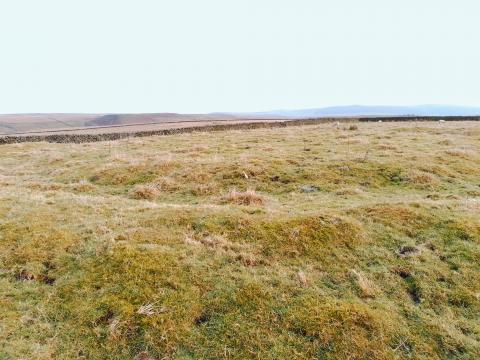
Next on the itinerary was a small cross on the OS next to the name 'Bield' heading off an ancient track. It was next to no road or houses, but then some old Methodist chapels were built in these remote locations, found between farms and hamlets rather than within them. I well expected it to be dilapidated, or ruinous, but there was nothing there. Had I misread the map? Was it totally bulldozed, no trace remaining? Did the little cross symbol have some other meaning of which this third-rate geographer remains ignorant? Whatever the explanation (and the better informed are invited to email in and offer information), there was no public place of worship on that hillside. So an ancient place of mystery and an empty spot where I thought Christian worship had been offered, but which turned out to be nothing.
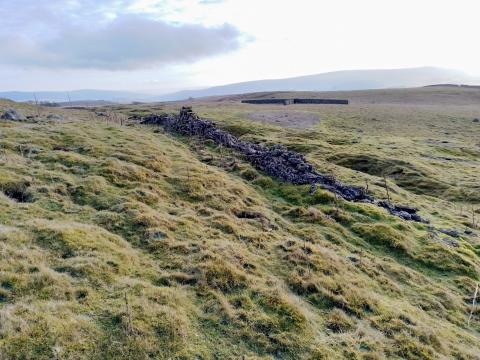
I wandered back into G-town a little disappointed that I had not found a chapel, though pleased I had located the 4000-year-old henge. As I walked along the path, the beauty of the shire arrested my attention. There are many places where God was once worshipped, but where now He isn't. For example, the chapel opposite my home is becoming a mosque. The old Primitive Methodist chapel in Grassington is now a home, while the old Prim in Threshfield appears empty and without purpose. A great many other denominations' premises have gone the same way. Shops, carpet salesrooms, antique centres, car parks, community centres, Hindu temples: many of these now occupy sites which were once dedicated to God’s glory and the gospel's proclamation. Much as we might bemoan their loss, it is worth noting that God’s Spirit usually removes Himself from such establishments long before the congregation dwindles and the doors shut or drop off. The few church buildings which spring up in our day may well close in another generation’s time. Whatever the state of the church, whatever the re-useage or ruination of Christian buildings, there are two places of worship over which we do have a definite influence, and whose faithfulness and functioning we may still safeguard:
-Our own homes;
-Our own hearts.
If these two are not maintained as places of reverence for God’s name and adoration of His majesty, then our church or chapel will likely die too, being nothing more but a name on a map or a circle in a field.
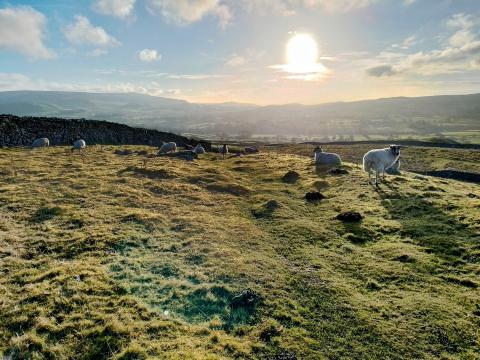
- Log in to post comments


 Sunday Worship 10.45am & 6.00pm
Sunday Worship 10.45am & 6.00pm